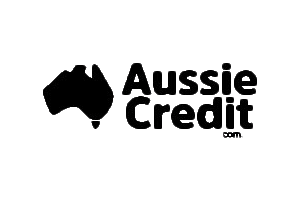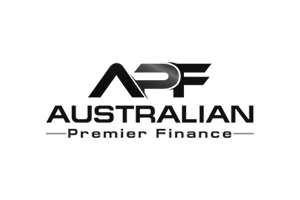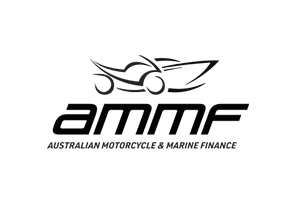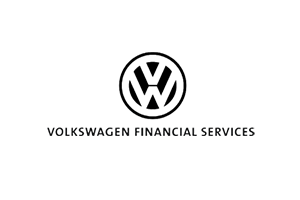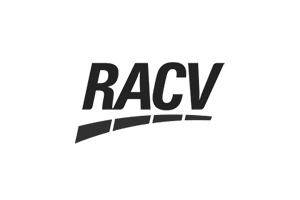When it comes to managing the financial needs of a business, it’s crucial to understand the different types of financing options available.
Two common terms that often come up are equipment finance and business finance. While they might seem similar, they serve distinct purposes and have unique characteristics.
Try our loan calculator.
Note: Whilst every effort has been made to ensure the accuracy of this calculator, the results should be used as an indication only.
Your estimated repayments would be:
Understanding Business Finance
Business finance is a broad term that encompasses various financial products and services aimed at helping businesses manage their operations, growth, and development.
It includes a wide range of financing options such as:
- Term Loans: These are traditional loans where businesses borrow a lump sum and repay it over a set period with interest.
- Lines of Credit: Similar to a credit card, businesses can borrow up to a certain limit and only pay interest on the amount borrowed.
- Invoice Financing: Businesses can use their unpaid invoices as collateral to get cash advances.
- Merchant Cash Advances: A business receives a lump sum in exchange for a percentage of future sales.
- Commercial Mortgages: Loans used to purchase commercial property.
The primary goal of business finance is to provide working capital for various needs such as daily operations, expansion, purchasing inventory, and managing cash flow.
The flexibility in usage makes business finance a versatile tool for many enterprises.
Say Hello to Some Of Our Partners
What is Equipment Finance?
Equipment finance, on the other hand, is a specialised type of financing designed specifically for purchasing or leasing equipment. This can include machinery, vehicles, computers, medical equipment, and more.
Key characteristics of equipment finance include:
- Leasing: Businesses lease equipment for a specified period, with the option to buy it at the end of the lease term.
- Equipment Loans: Similar to a term loan, businesses can borrow money to purchase equipment and repay it over time with interest.
- Hire Purchase: Businesses can use the equipment while paying installments, gaining ownership after the final payment.
The primary purpose of equipment finance is to help businesses acquire the tools and machinery they need without making a significant upfront investment.
This is particularly beneficial for industries that rely heavily on expensive equipment, such as construction, manufacturing, and healthcare.
Key Differences Between Equipment Finance and Business Finance
While both equipment finance and business finance provide essential support to businesses, they differ in several ways:
- Purpose and Usage:
Business Finance: Broadly used for various business needs such as operations, inventory, and expansion.
Equipment Finance: Specifically used for acquiring equipment. - Collateral:
Business Finance: Often unsecured or secured by general business assets.
Equipment Finance: The equipment itself usually serves as collateral. - Loan Terms:
Business Finance: Terms can vary widely based on the type of financing and the lender.
Equipment Finance: Terms are typically aligned with the useful life of the equipment. - Approval Process:
Business Finance: Approval can depend on various factors, including creditworthiness, business performance, and loan purpose.
Equipment Finance: The approval process often focuses on the value and necessity of the equipment.
The Role of Finance Brokers
Navigating the complexities of business finance and equipment finance can be challenging. This is where finance brokers come in.
A finance broker, like Blink Finance, acts as an intermediary between businesses and lenders, helping to find the most suitable financing options based on the specific needs of the business.
The advantages of using Blink Finance brokers:
- Expertise and Advice: At Blink, we have extensive knowledge of various financial products and can provide valuable advice tailored to your business.
- Access to Multiple Lenders: We have relationships with over 40 leading Australian lenders, increasing the chances of finding favourable terms.
- Time-Saving: Our brokers handle the research, paperwork, and negotiations, saving businesses time and effort.
- Better Rates and Terms: Our brokers can often secure better rates and terms than businesses might obtain on their own due to their industry connections and negotiation skills.
- Understand the industry: We have experience in business and equipment finance and have a proven track record in the industry.
We can make a significant difference in securing the right financing to support your business’s growth and success.
Is equipment finance different from business finance?
Equipment finance and business finance are both vital tools that serve different purposes in the business world.
Equipment finance is specialised for acquiring necessary equipment, making it easier for businesses to grow and operate efficiently without heavy upfront costs.
Business finance, with its broader scope, provides essential capital for a variety of business needs, from managing daily operations to expanding into new markets.
We can help you determine the type of finance best meets your needs to achieve your businesses financial goals. Contact us today.










